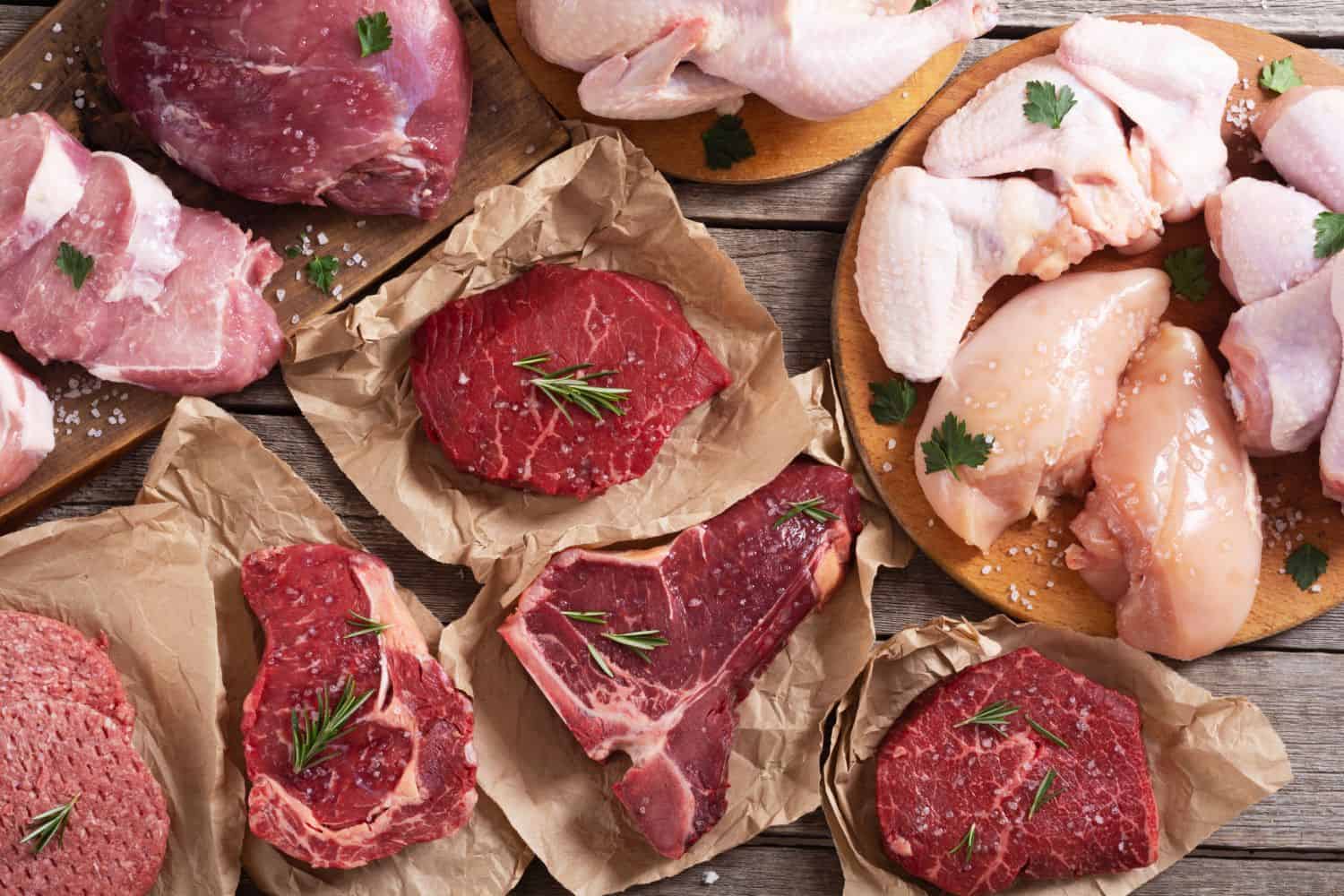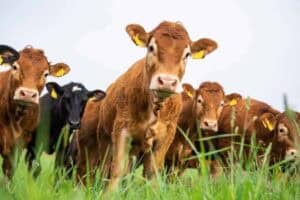Meat has become the biggest driver of food inflation.

The outbreak of foot-and-mouth disease (FMD) in South Africa has led to a significant increase in meat prices over the past three months.
FMD is a highly contagious viral disease of livestock that has a significant economic impact. The disease affects cattle, swine, sheep, goats and other cloven-hoofed ruminants.
Over the past months, SA has seen outbreaks in Gauteng, Limpopo, the Eastern Cape and the Free State. Recently, the department of agriculture lifted restrictions in the Eastern Cape and Limpopo provinces after implementing intensified efforts to contain the spread of the disease.
Meat prices
Paul Makube, senior agricultural economist at FNB Commercial, said meat was the biggest driver of food inflation, surging to a 25 month high of 6.6% year-on-year (y/y) and rising by 2.2% month-on-month (m/m) in June 2025.
“The disease-induced supply constraints underpinned the upswing in meat prices in the past three months,” he said.
Due to the disease outbreak, there was a short supply of livestock, mainly cattle. This resulted in meat becoming more expensive.
Meat under threat
Makube added that while farmers were trying to control the FMD outbreak, the poultry industry also experienced a shortage threat.
An outbreak of avian flu, also known as bird flu, in Brazil let to imports from the country being banned. Bird flu is a contagious viral disease that affects both domestic and wild birds.
The ban caused panic in the market, as Barzil is the major source of mechanically deboned meat (MDM), which is used in the manufacturing of products such as polony and viennas. “SA is a net importer of MDM due to lack of domestic capacity,” Makube said.
ALSO READ: Bird flu: worry not, it is safe to eat eggs and chicken
Ban lifted
However, the department of agriculture and the Brazilian government came to an agreement and partially lifted the ban.
Chicken from states in Brazil that have not experienced the outbreak of bird flu can export chicken to SA. Makube said this move might ease pressure on chicken prices in the medium term.
“While the FMD situation remains sticky with new outbreaks reported in the Free State and persisting in KZN, recent developments are that slaughtering has resumed in major feedlots with producer prices already off the boil early in July 2025”.
Food inflation
He added that South Africa’s food inflation edged higher to 3% y/y in June 2025 relative to May’s 2.8% y/y, underpinned by gains in core items and food and non-alcoholic beverages (FNAB), but still came below expectations of a 3.1% spike.
“Our analysis of the FNAB shows a 0.3 percentage point jump from the May level to 5.1% y/y in June. The food sub-index rose by the same margin from the previous month to 4.7% y/y choked by meat.
“However, monthly, food inflation slowed from 1.2% m/m in May to 0.7% m/m in June 2025, led by the fruits and nuts subcategory, which declined for the fourth consecutive month to -2.4% m/m.”
The future
“In terms of the food inflation outlook, downside risks include a persistent rand exchange rate appreciation, weak international crude oil prices, bulging global grains stocks outlook (+586 million tons) and the consequent downside pressure on prices, as well as the potential recovery in livestock slaughter rates if the FMD situation dissipates further.”
NOW READ: Here are the economic and social impacts of bird flu






